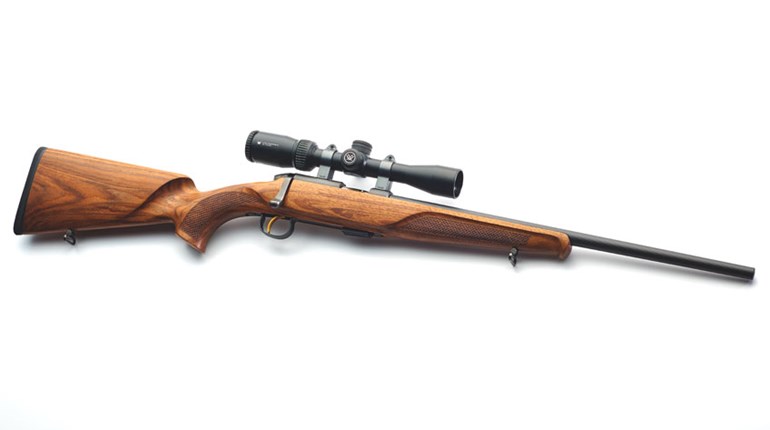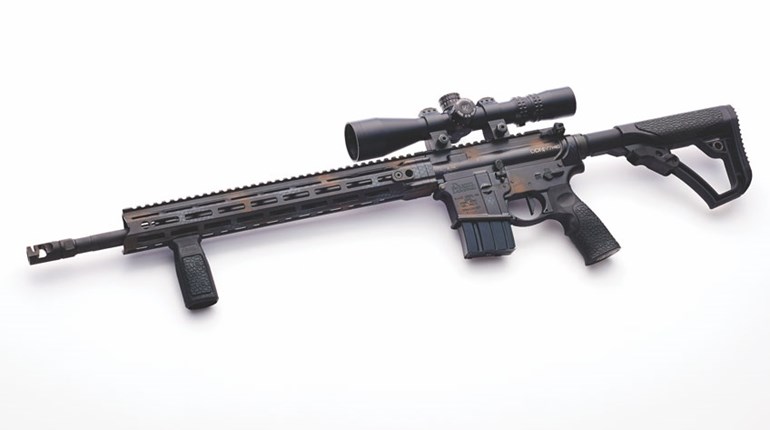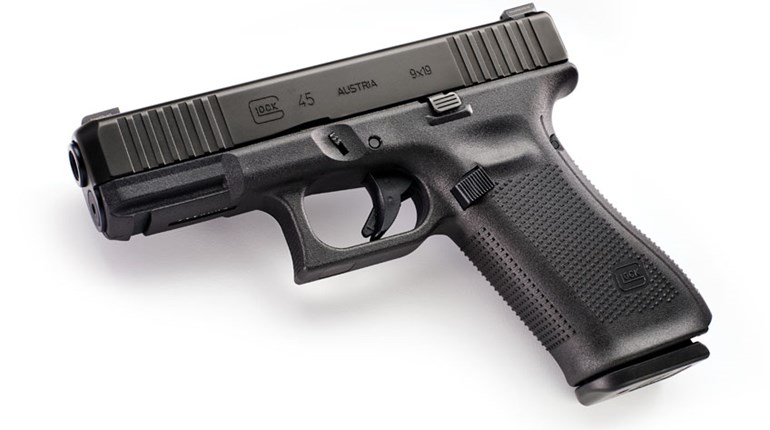
One of the durable joys of shooting, both as a hobby and as a practical—even life-saving—skill, is that it is always evolving. Just when you think you’re getting “there,” whatever that means, something new, worthwhile or at least interesting will pop up.
Sometimes the “new” isn’t a thing, per se. Often, in fact, it’s just that twitchy feeling that comes with the recognition of a void within otherwise impressive skills.

This latter type has brought us more in the way of questions about Home Carry. Several are variations on a theme and characteristic of the useful introspection we find in so many shooters—a suspicion that regular practice may not be optimizing for the “Carry” type of shooting we hope never comes, but for which it is head-in-the-sand stupid not to prepare. Ergo, a practical suggestion.
The “Confidence Drill” will be nothing new to Carry Lifers, or at least we hope not. We believe it’s an almost unrivaled skill builder, and all the better for being simple in every sense: It uses an uncomplicated target (print your own, in fact), is suitable for indoor or outdoor reps and focuses on a small range of truly versatile and essential handgun skills.
First the target: Print a one-inch square in the center of a sheet of 8.5 x 11 paper. Just one. This seems fussy, we know, but trust us. Part of the reason this drill works so well is the lack of distractions in the visual field, and trying to be economical with a piece of paper that costs one or two cents makes no, er, sense. Our original target was a bullseye dot, but for reasons we’ll explain, we’ve come to believe a square is even better. We can’t recommend paster-type squares: As you improve, you’ll pop these off the paper too easily.
Next, the distance: No more than 10 feet, and there’s nothing wrong with eight. You should be far enough so that muzzle ejecta striking the target is not a distraction, and that the propulsion gases from behind the projectile don’t make the target move, but otherwise no farther.
Post your 8.5 x 11 paper on the empty back of another, larger sheet of paper—either butcher paper or another target.
Now, the shooting. From low ready, raise the pistol, align the front and rear sights with each other and align the top of the sights with the bottom edge of the target square. At a rate of no slower than three seconds per shot, go to work.

At first, two or three shots are plenty as a “string.” This count generally won’t allow fatigue to enter into the equation and compromise the press of the hands together, the press of the thumbs gently but noticeably toward the target nor the press of the trigger rearward to initiate the shot itself.
As long as shots are one ragged hole, you can stay on the same target, but for most folks, this doesn’t last long. We’d recommend a target change after two or three shots separate from the group (three or four holes, total). Ten to 12 shots are optimum—three to six strings—then pause. There’s no reason not to vary string lengths too: Fire two shots, restart; four shots, restart; three shots, etc. Add as much speed as you can, as long as you keep shots together.
What you’re after, predictably, is all the shots in a small, ragged-edged hole. What this drill will show you is whether or not the core elements of sound technique—Press, press, press, mainly, but others as well—are consistent. If they are not, the “one-hole” business is surprisingly tough to do. Three or even four shots may well fall on one another, but beyond that? It’s harder than it looks—much harder, even at the modest distance we suggest.
It’s helpful to understand how things work together, too. The target shape is mundane and certainly not realistic, but combined with most sights—even dot types—it creates a sight/target picture that is easier to reconstruct from shot to shot than “point” aiming. It provides an irreducible minimum, as it were—enough to aim precisely, quickly and repeatably, yet because of the comparatively short distance does not turn into a vision test disguised as a shooting drill. Focus on the essentials comes easily and helps to build the feedback loops so essential to consistent execution.

A practical caution is warranted: Make sure your target is posted at an appropriate height when practicing the Confidence Drill. There’s a tendency to post the square at eye-height naturally enough, but this will result in a slight up-angle on your shots. By bringing the post-height down six to 12 inches, you can be sure those rounds strike the backstop safely. An easy check is as time-honored as it is sure. Sight on the square as you would for the drill, then move the sights horizontally left and right beyond the edges of your target backer. If you’re still within the backstop, you’re good to go. If not, re-post the target accordingly.
Also on a practical theme, as long as you’re achieving our one-ragged-hole result, don’t adjust your point of aim if shots are striking somewhere other than just below the target square. If they’re striking together, that’s the most important thing. The time to adjust point of impact (as opposed to point of aim) through sight adjustment is down the road. It’s true there are technique quirks that can cause this as well, but they are comparatively unlikely if you’re one-holing.
There’s room for an important misunderstanding in terms of how the Confidence Drill relates to defensive shooting. It is not, repeat, not, an exhortation to cloverleaf accuracy at every turn. Such meticulous precision is a pleasure in itself and a highly admirable skill, but will almost certainly not be possible when a defensive encounter occurs. But the flip-side, so to speak, is where the problem lies: You are still morally and legally responsible for where every shot lands. Good “Confidence Drill” performance strikes a balance between the two: Repeatable, defensive-distance precision at appropriate—and necessary—speed.
Now Carry on.
Part 1 Part 2 Part 3 Part 4 Part 5 Part 6 Part 7 Part 8 Part 9
Frank Winn has been studying arms and their relationship to tyranny, meaningful liberty and personal security all his adult life. He has been a firearms safety/shooting instructor for more than 20 years, and earned state, regional and national titles in several competitive disciplines.

































